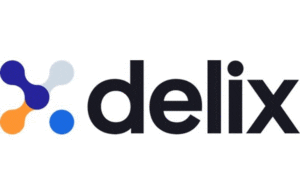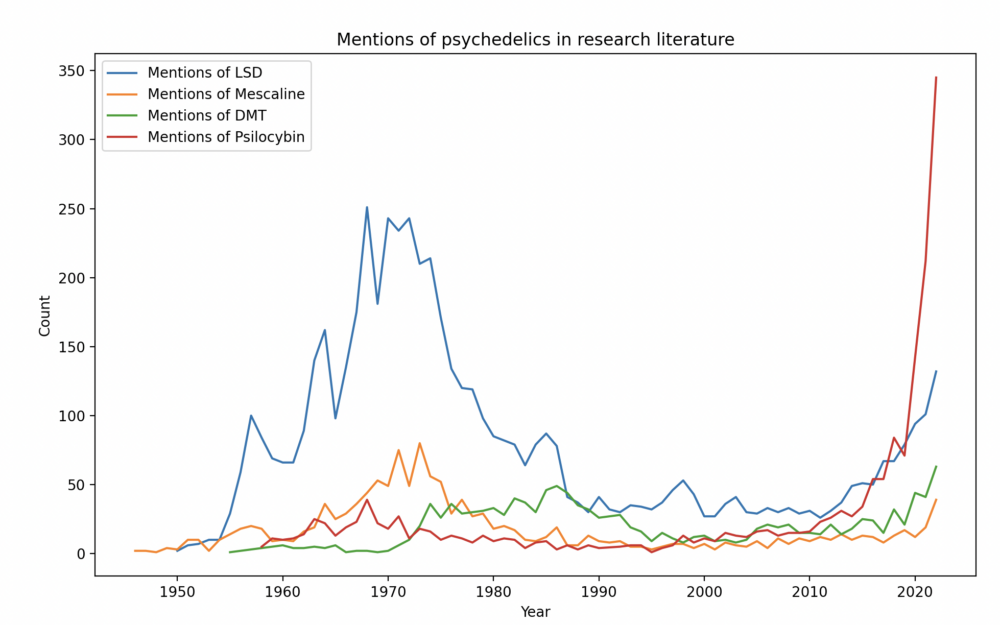 Interest in ketamine and psilocybin as potential therapies for mood disorders has surged since around 2010. A groundbreaking 2000 study at Yale revealed the powerful antidepressant effects of ketamine, a dissociative anesthetic. Unlike traditional antidepressants which can take weeks or months to have an impact, a single dose of ketamine led to significant improvements in depressive symptoms in as little as 72 hours.
Interest in ketamine and psilocybin as potential therapies for mood disorders has surged since around 2010. A groundbreaking 2000 study at Yale revealed the powerful antidepressant effects of ketamine, a dissociative anesthetic. Unlike traditional antidepressants which can take weeks or months to have an impact, a single dose of ketamine led to significant improvements in depressive symptoms in as little as 72 hours.
Structural neuroplasticity and non-hallucinogenic psychoplastogens
This revelation, which Kurt Rasmussen, chief scientific officer of Delix, describes as a “watershed development” in neuropsychiatry, sparked a new understanding of the brain’s capacity for rapid structural neuroplasticity. Essentially, drugs like ketamine can prompt the brain to form new neural connections quickly, a process known as synaptogenesis. “Neuron damage is a component of many different disease states,” Rasmussen noted. “And the discovery of ketamine’s rapid structural neuroplasticity is a watershed development in neuropsychiatry.”
In the wake of this discovery of ketamine’s ability to prompt rapid structural neuroplasticity, research on classical psychedelics such as LSD, DMT, psilocybin and mescaline has found similar effects on brain plasticity. “We’re discovering that the commonality between these compounds is this rapid change in structural neuroplasticity,” Rasmussen said, “which is remarkable as it shows that the brain has the capacity and capability to do that quickly.”
Non-hallucinogenic psychoplastogens: Safe alternatives for neuroplasticity

Research in ketamine for mood disorders has surged since about 2010. [Data from PubMed]
But these substances also present risks. Classic psychedelics are often contraindicated for individuals with a family history of psychosis or schizophrenia, while ketamine has been associated with substance abuse. In light of these potential hazards, the research and development of non-hallucinogenic psychoplastogens offer a promising alternative.
In 2022, a collaborative research team from UNC-Chapel Hill, UC San Francisco, Yale, Duke, and Stanford developed a new compound that targets the 5-HT2A serotonin receptor, the same receptor targeted by psychedelic drugs. This breakthrough, in line with the development of non-hallucinogenic psychoplastogens, has the potential to trigger antidepressant effects without the associated hallucinogenic experience.

[Data from PubChem]
Delix Therapeutics: Pioneers in Non-Hallucinogenic Psychoplastogens
This research aligns with the mission of Delix Therapeutics, a company deeply invested in non-hallucinogenic psychoplastogens. These drugs foster the growth of neural connections, and in May 2023, Delix launched a phase 1 study of DLX-001. This drug is one of many non-hallucinogenic psychoplastogens that the company is exploring. “We’re designing these psychoplastogens to make the structural neuroplastic change without producing some of the other effects, such as hallucinations or the other effects of ketamine,” Rasmussen added.
The future of neuropsychiatry with non-hallucinogenic psychoplastogens
Rasmussen envisions a future where compounds like DLX-001, a non-hallucinogenic psychoplastogen that promotes structural neuroplasticity without inducing hallucinations, could benefit a wider patient population, including those with schizophrenia and dementia. “What it represents to me is finally addressing pathophysiology in neuropsychiatry,” he said.
One promising feature of DLX-001 is the potential for intermittent use, as opposed to daily medication. “It seems like, perhaps DLX-001 could be used more intermittently, as needed, which would be a significant change in how those conditions are treated,” Rasmussen said. This approach is not entirely new, as ketamine is already taken intermittently, albeit with varying schedules.
Rasmussen believes that we are on the cusp of a new era in neuropsychiatry, one where non-hallucinogenic psychoplastogens like DLX-001 are used to treat the underlying disease and not just the symptoms. “I genuinely feel like we’re starting to treat the disease now, not just symptoms,” he said. The hope is that compounds like DLX-001 will not require daily administration and will have enduring effects on patients’ mental health.